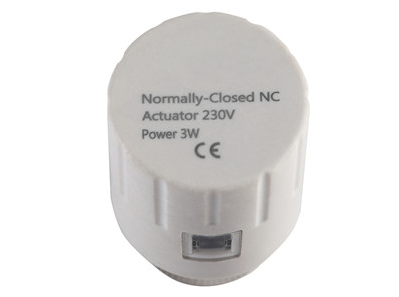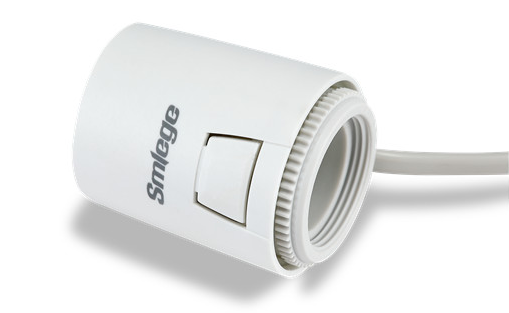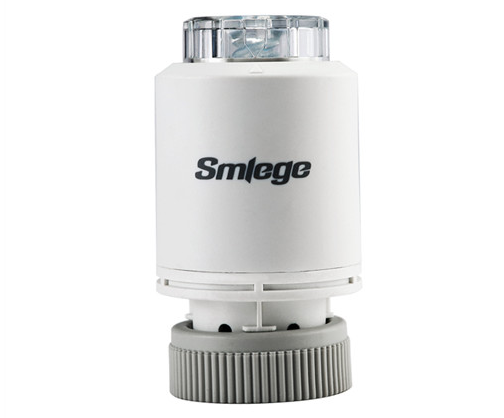Choosing a Thermal Actuator Supplier
2022-09-27.
A thermal actuator supplier can provide a wide range of different products for a variety of applications. Some of these products are used in the chemical and aerospace industries. Some are used in industrial applications such as piping and cooling systems. Some are used in heating and cooling applications, while others are used for control and activation.
Electrical
An Electrical thermal actuator supplier has a wide range of products to meet your specific requirements. These products are characterized by their high levels of precision and inconsistency. In fact, some of the products are so sensitive that they can even determine where the "zero" point on the crankshaft is located randomly, within a range of 0 to 360 degrees Celsius.
These products are designed for use in different industrial settings. They are available in two main categories: electric and pneumatic. Each category has a wide range of configuration options, communication packages, and other features. Some actuators also include solenoids, positioning devices, and safety interlocks. Besides the range of types and designs, these products can be purchased with or without a servo amplifier.
In addition to being UL and CSA-approved, these products meet standards for both durability and safety. In addition, they are RoHS-compliant and meet the AS9100D quality standard. They also offer actuators with 12 and 24 VDC power sources. To find the right product for your application, you can begin by reviewing the performance metrics.
A thermal actuator is a mechanical device that outputs motion and feedback in response to changes in surrounding temperatures. As the temperature changes, heat-sensitive material inside the device expands and squeezes against a piston, creating movement. These products are useful for many applications, such as releasing latches, operating switches, or opening and closing valves.
In the aerospace industry, thermal actuators are used for safety shut-off processes, fuel temperature regulation, and engine lubrication systems. They are also commonly used in agricultural systems for freeze protection and automatic greenhouse ventilation structures. They are also used extensively in the automotive industry, where they are often used in oil temperature regulation and transmission coolers.

Electro-thermal
Electro-thermal thermal actuators are used for heating, cooling, control, and activation applications. Typically, they are used in the aerospace and chemical industries. They meet AS9100D and SAE standards and are RoHS compliant. In addition, they are UL and CSA listed.
There are a variety of advantages to electrothermal actuators, including ultra-fast response time, large deformation, and low driving voltage. These advantages make them suitable for a variety of applications, including artificial muscles, switches, microsensors, and robotics. These actuators can also be used in bioimetic devices.
Thermal actuators have been used extensively in Micro-Electro-Mechanical Systems. Their design allows for larger displacements and forces, and their geometric structure determines their deflection. The operation of a thermal actuator involves electric current flowing through the device structure, which induces a process called Joule heating. This results in expansion of the structural material, causing it to deflect. However, this process also consumes considerable electrical energy, so typical thermal microactuators require an external battery that is several times the size of the microsystem.
Soft electrothermal actuators are another option. Their adaptability, high flexibility, and low weight make them an excellent choice for biomimetic and soft robotic applications. An example of a soft electrothermal actuator is an implantable soft-lifter. This actuator is designed with a microfilament heater embedded in a PDMS or PI layer.

Plug and diaphragm
Thermal actuators are used in a wide range of applications and are a highly reliable way to control the movement of a valve. Their mechanism works by extending a piston based on the temperature, so that the valve can be closed or opened. Unlike other actuators, thermal actuators are self-contained and do not need an external power source. They can be used to control a valve or mechanical linkage as well as an electric switch. Thermal actuator plug and diaphragm suppliers usually hold a stock of suitable replacement diaphragms for most standard actuators.
Thermal actuators have a diaphragm made of fibre reinforced material. They have a yoke on one side and a stem connector on the other. They are available in both direct and reverse acting designs. The difference between a direct acting and a reversible actuator is that a direct acting actuator has a spring that is designed to move with a specific change in air pressure. The greater the air pressure, the higher the pressure required to move the diaphragm.
A thermal actuator plug and diaphragm supplier can help you find the right solution for your specific application. The diaphragm is the piece of the actuator that moves the piston. It transmits the movement from a piston to a valve. The diaphragm and piston work together to provide the desired effect.
Thermal actuators are typically used in appliances to convert thermal energy into motion. A typical thermostatic actuator is made up of a temperature sensing material that pushes a piston to move.

Supercoiled polymer
Choosing a Supercoiled Polymer Thermal Actuator (SCPTA) supplier is important for a variety of applications. This type of actuator is a versatile option that combines high mechanical strength and high energy density. This type of actuator is also highly versatile and scaleable.
Supercoiled polymer thermal actuators are relatively new to the actuator world. They produce linear motion in response to varying temperatures. They typically consist of a piston and a thermo-sensitive substance that expands or contracts in response to a change in temperature. These actuators can be used to open and close valves, latches, and more.
These actuators have a high strain capacity. These devices can be stretched up to 1,000 times without losing capacitance. In addition, these actuators can withstand high strains of up to four percent when they are coiled. They are available in various configurations, including two, four, and six ply.
Another important advantage of these actuators is that they can collect an enormous amount of data. This data can be extremely valuable for your business, and it is essential to collect, process, and analyze it. IoT (Internet of Things) is a term used to refer to several connected technologies. You can learn more about IoT by filling out a contact form. A representative will contact you for a consultation.
When you're looking for a Supercoiled Polymer Thermal Actuator Supplier, it's important to consider the type of product that you'll need. Different actuators have different functions and use different energy sources. Learning more about their functions can help you troubleshoot specific parts, and refine your processes.

Nitinol
Nitinol is a thermally conductive material that is used in the manufacture of thermal actuators. Its properties depend on the process used in its manufacture and preparation. The material can be formulated to transition between different temperatures and has the ability to perform different kinds of work. The transition temperature varies depending on the type of electrical current used. It is available in low and high-temperature formulations.
The material is used in a wide variety of products. For example, it can be used to manufacture very resilient glasses frames and mechanical watch springs. It is also used as a thermal actuator and as a variable resistor or switch. It is even used in cell phone technology, where it is used in the retractable antenna and microphone boom. In addition, it is used in medical applications such as surgical implants.
Nitinol is known to have a high elastic range. This means that it can handle a tens of times more pressure than a typical spring material. However, this behavior only occurs when the material is heated between 273 and 313 K above the Af temperature. This temperature is also known as Md, the upper limit at which martensite formation begins, allowing the material to achieve superelasticity.
Another advantage of thermal actuators is that they are much cheaper than other forms of actuators. This is because they require less space and time to reach transformation temperatures. Moreover, the wiring is relatively thin, enabling the use of fewer actuators to achieve the same performance.





